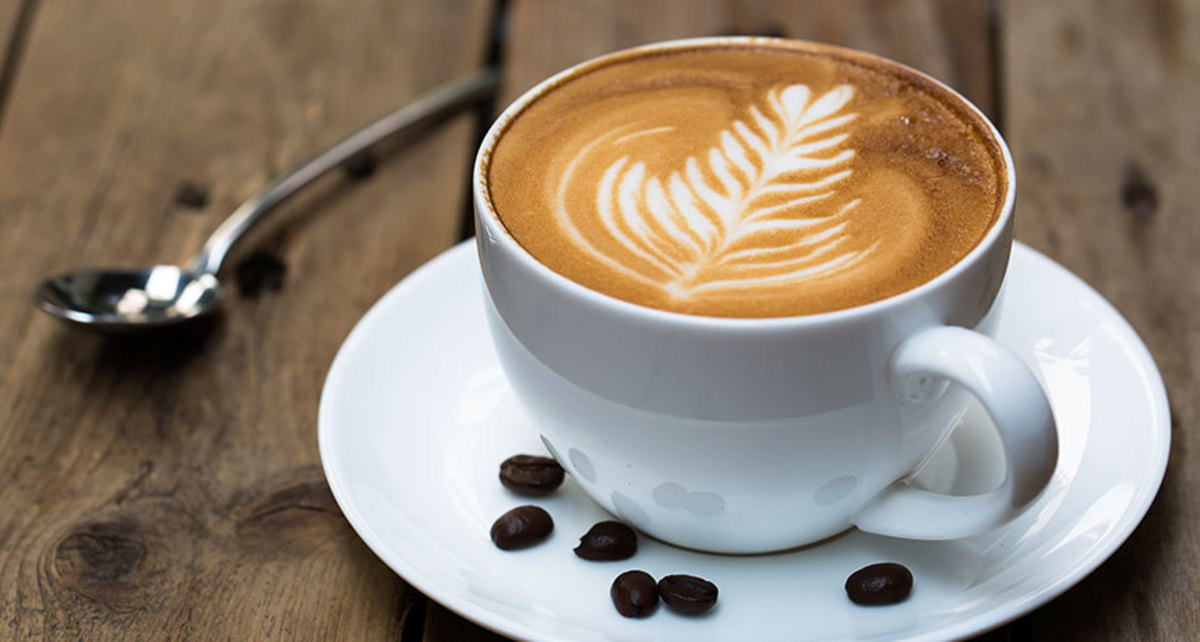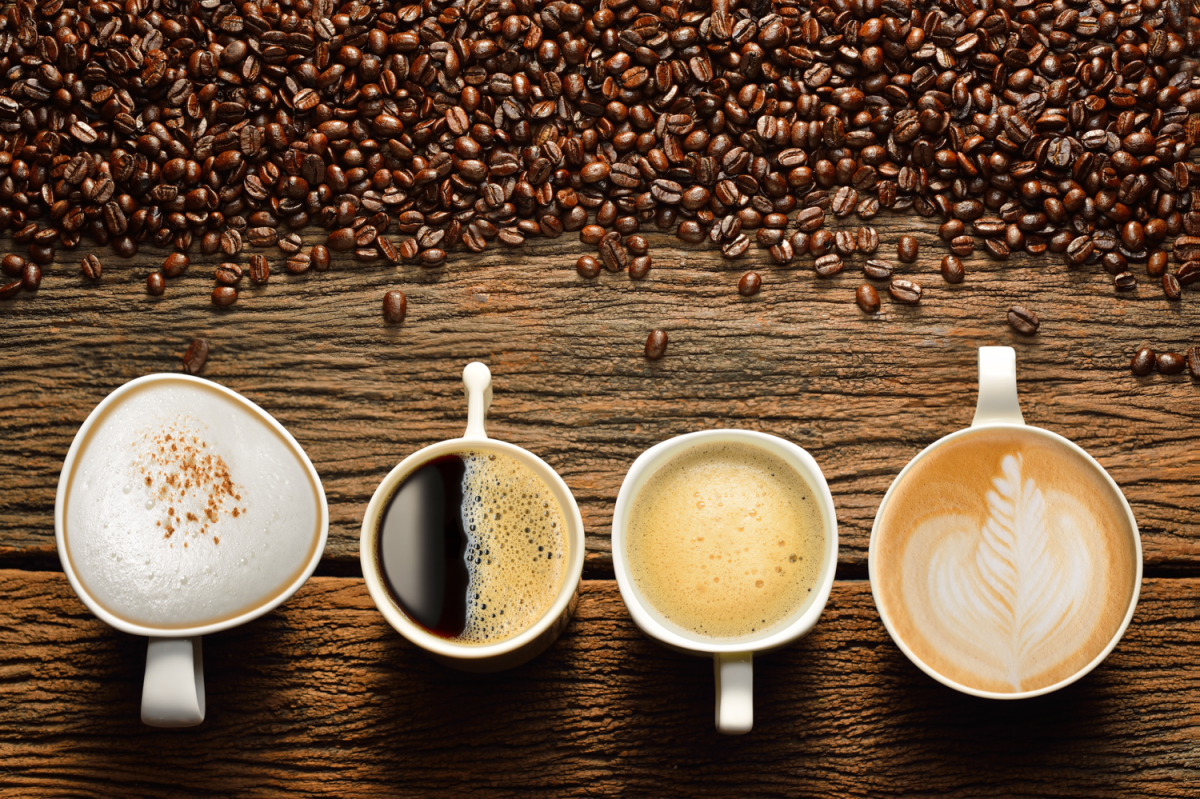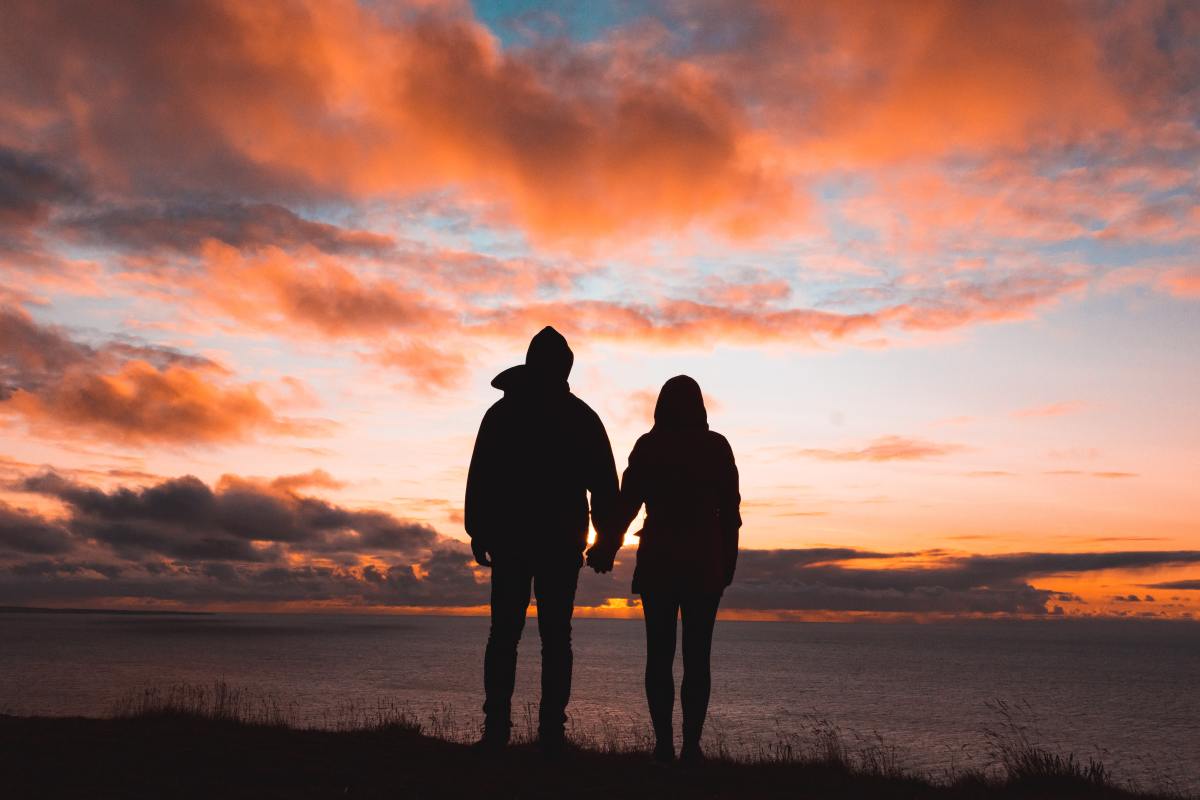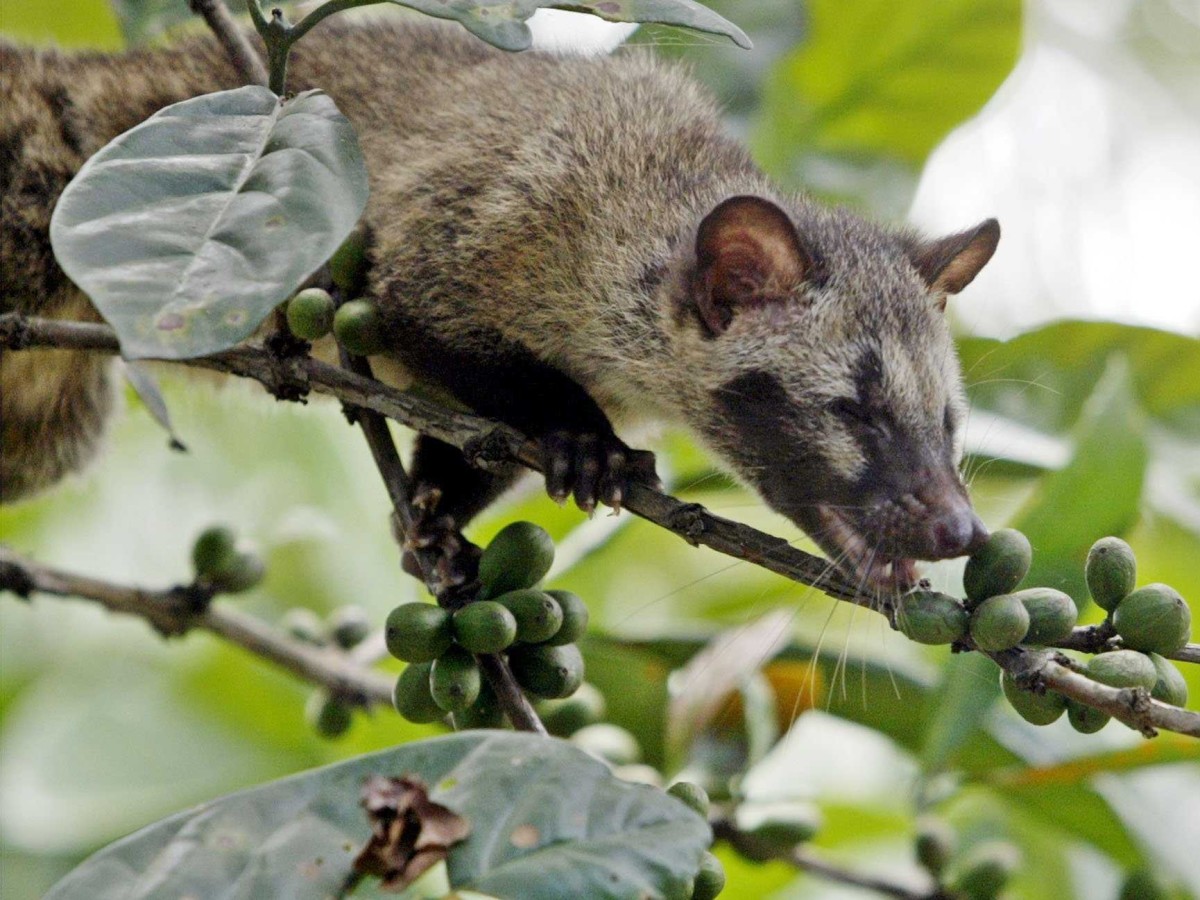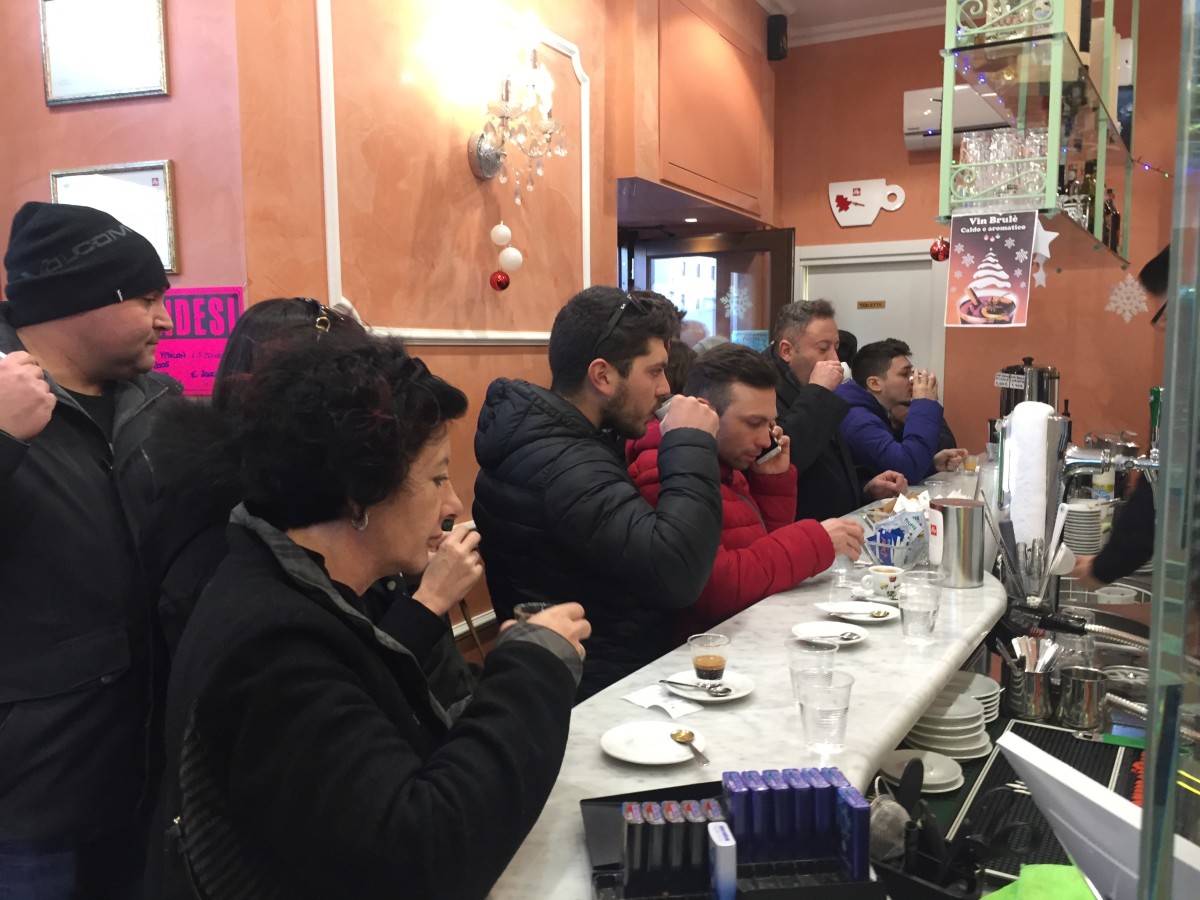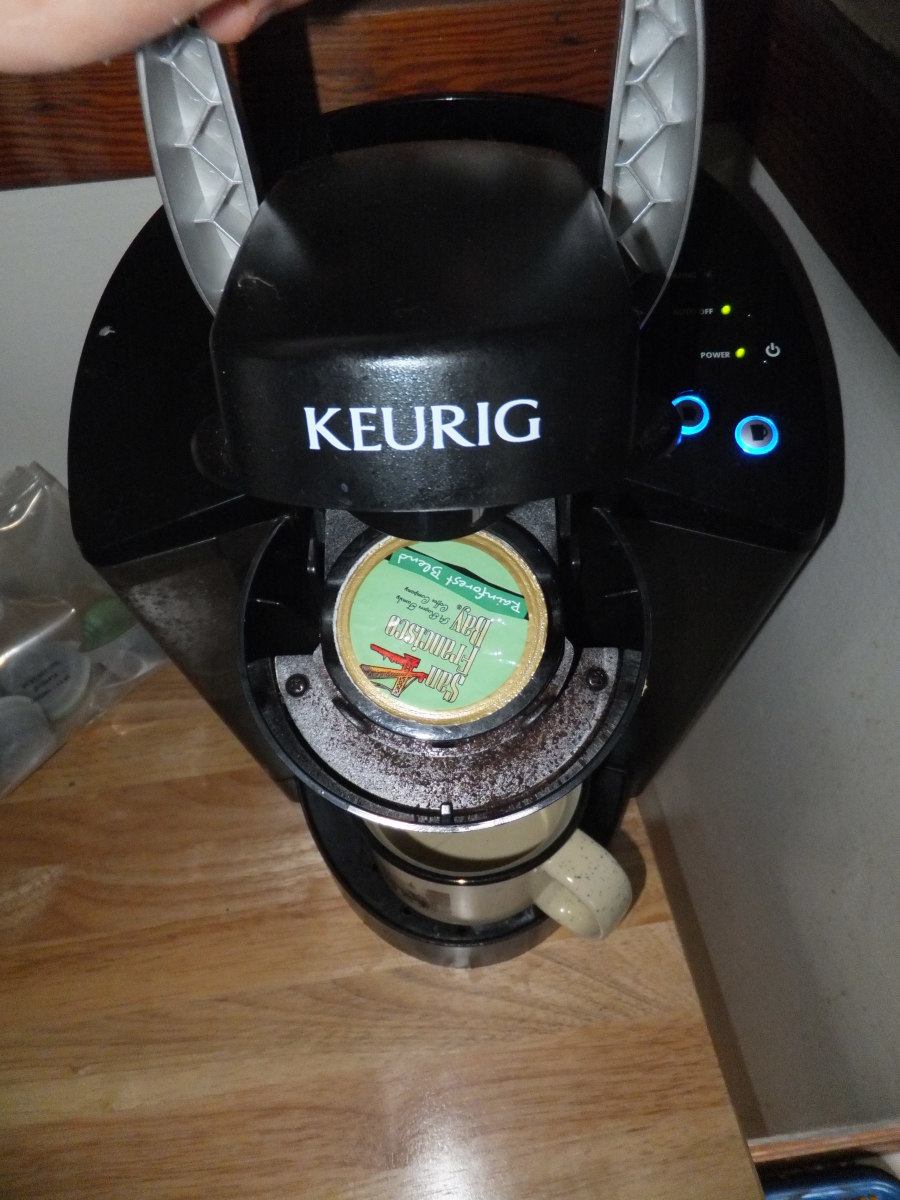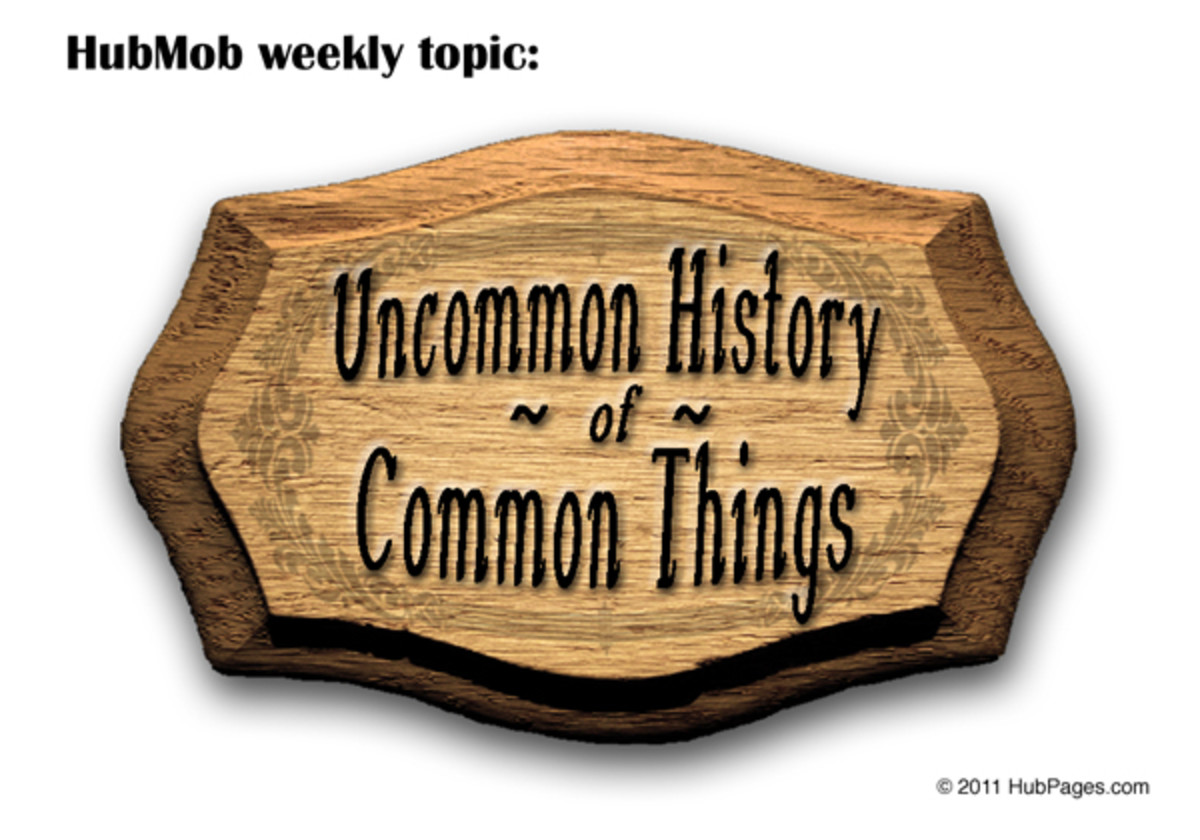Coffee - Where Does That Most Popular Beverage Come From ?
Cafe Bombon
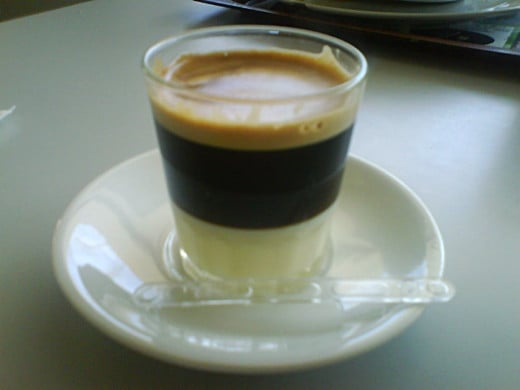
Coffee Plantations
Where does that most popular beverage called coffee come from? It starts on a coffee plantation.
Coffee production is a major agricultural industry with plantations in many countries around the world. Each country and each plantation will produce a coffee bean with its own distinct flavor.
A Coffee Plantation
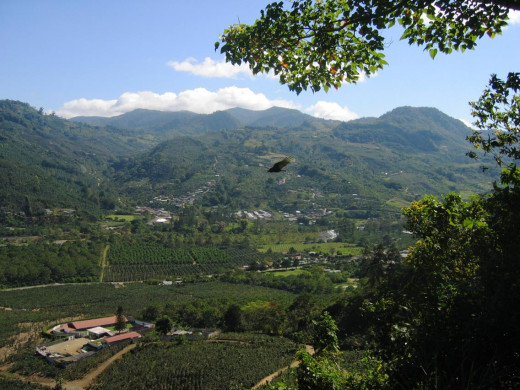
Top 5 green coffee producers of 2011 came from plantations in Brazil, Vietnam, Indonesia, Colombia, and Ethiopia.
RANK
| COUNTRY
| TONS
| BAGS x 1000
| MARKET SHARE
|
|---|---|---|---|---|
1
| BRAZIL
| 2,609,040
| 43,484
| 33.1%
|
2
| Vietnam
| 1,200,000
| 20,000
| 15.2%
|
3
| Indonesia
| 495,000
| 8,250
| 6.3%
|
4
| Colombia
| 468,000
| 7,800
| 5.9%
|
5
| Ethiopia
| 390,000
| 6,500
| 5.0%
|
Top 5 producers
| 5,162,040
| 86,034
| 65.6%
|
Other Coffee Plantations
Other coffee plantations (in order of most produced) are in the countries of Peru, India, Honduras, Mexico, Guatemala, Uganda, Nicaragua, Costa Rica, Ivory Coast, Papua New Guinea, El Salvador, Cambodia, Ecuador, Democratic Republic of the Congo, and Venezuela.
For the year 2011, the total production of coffee in the world was 7,875,180 tons.
Coffee Beans
Coffee is made from beans which grow on the coffee plant (coffea). Actually the 'beans' are seeds of the coffee berry, or cherry, which are the fruit produced by the coffee plant. The seed looks like a bean, thus they are called beans.
The two most commonly grown plants are arabica and robusta. Coffea arabica is the most highly regarded. Robusta is a stronger, hardier plant but the taste of the beans is more bitter than the arabica.
Coffee Berries

Dried and Roasted
After the beans are picked and washed they are spread out on concrete slabs out in the sun to dry. Then they are roasted to provide that wonderful flavor coffee lovers crave.
Green Coffee Beans
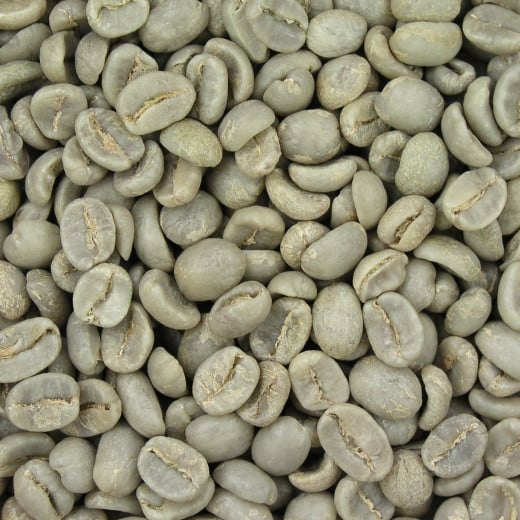
Roasted Coffee Beans
When the berries turn red they are harvested. The skin and pulp is removed and the seeds (beans) are dried by machine or in the sun. This is quite a process from harvest to this step, for there is a lot involved to get to the seed.
After the green beans are dried, they are roasted to bring out their distinctive flavor. Most coffee beans are roasted in commercial roasting machines. There are two types of roasters that are basic. The drum method tumbles the beans with the heat source under the drum. The hot-air method, with heat forced up through a screen, lifts the beans and keeps them is constant motion till the right roast is achieved.
Judging by eye is the most popular method of determining if the right degree of roast has been reached. It is not as accurate though as listening to the beans. When the beans reach a temperature of about 385 degrees F. they make a cracking sound. This is called "first crack" and the beans enter into a light roast. At about 435 F. the beans hit "second crack" and that sound is when they enter into dark roast. This is when the coffee structure starts to collapse. If roasted too much longer at this point, they will combust.
Roast Your own
If you are wanting to roast your own beans at home, take up the challenge and become a connoisseur of coffee taste. It will be time-consuming and may seem like a lot of trouble, but once you have the equipment you need and the right beans this will become a great and enjoyable hobby. You may find that an organized coffee cubby will become your pride and joy and a delight to show off to guests.
If you have a large kitchen, a special china cabinet to store your equipment in the drawers and your coffee mugs above in the hutch will make an attractive display for your new hobby.
Following are some helpful tips for buying green coffee beans:
- Research well to find the best deals. Remember that coffee beans pick up distinctive flavor undertones according to where they were grown. Coffee beans grown in Mexico tend to have a hazelnut flavor. Chocolate undertones may be detected in beans from Guatemala.
- When choosing green coffee beans look for consistency in color, shapes and size - they should all be the same. If the colors differ it indicates a possible problem during the drying process. Different shapes may be because different strains of bean have been mixed in. Look for beans that are the same size so they will roast more evenly.
- If beans are white around the edges it is indicative of insufficient drying methods. Exposure to polluted water will be detected by pale and discolored beans. Don't buy beans that are black, broken, malformed, or have signs of insect damage.
- Use your sense of smell to detect any smoke damage or any sign of fermenting.
- Green coffee beans should feel firm and dry. If they are flexible that shows they were not properly dried and could be susceptible to mold. If the beans are brittle they were dried too long or the temperature was too high.
- Find out how the beans were stored by the producer. They should be stored separately by strain and their geographic origin so as to retain their distinctive qualities.
- The processing of green coffee beans should be done immediately after the harvest or they start fermenting right away. overripe or underdeveloped beans should have been removed from the harvest.
- Buy in bulk to save money. Most plantations will sell in bags of 5 pound increments. Retailers will sell in smaller quantities.
Home Roasting Supplies
What do you need to roast coffee beans at home? For great roasted beans, invest in good quality equipment. It does not have to be really expensive, just be choosey and watch for sales. Here are some suggestions:
- Coffee grinder
- Stainless steel dry measuring cup for beans
- Stainless steel measuring spoons for ground beans
- Cast iron skillet
- Wood spatula
- Stainless steel colander
- Coffee pot
Keep all these items just for your coffee and store them in a special place. Except for the coffee pot, you will not need to wash any of these items, just wipe them out with paper towels and place them in their own spot in the cubby. The cast iron skillet can be wiped out with paper towels while still quite warm. Make sure you season that skillet when you first buy it.
You can purchase coffee roasters, but they are expensive. An electric wok can work well if it has good temperature controls. A mortar and long-handled pestle can be used for grinding your roasted beans.
This is your new hobby, so make it as simple or grand as you like.
Home Roasting Instructions
This will take some practice till you find the right temperature and timing to roast those beans.
It is necessary to constantly stir the beans as they are roasting and to have good ventilation - roasting coffee beans will produce some smoking. You can roast on the stove top if you have a good overhead fan and open a window if necessary. Or you can roast the beans in your skillet outside on a hibachi, but it will be harder to maintain the right and constant temperature. A gas grill may work well.
Let's use the cast iron skillet to get started on roasting. Place pan on burner and turn the heat to medium. You will learn the exact right temperature as you become more familiar with the roasting process. When pan is hot add the green coffee beans. Stir constantly with your wooden spatula till the beans are evenly browned for a light roast or dark roast. That is it - very simple.
Now grind those beans and brew your coffee.
Roast Your Coffee Beans in a fry pan.
Light Roasted Coffee Beans
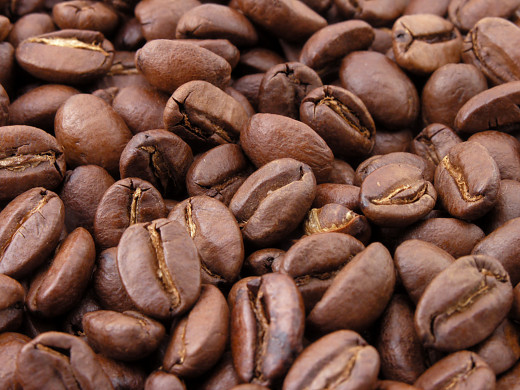
Dark Roasted Coffee Beans
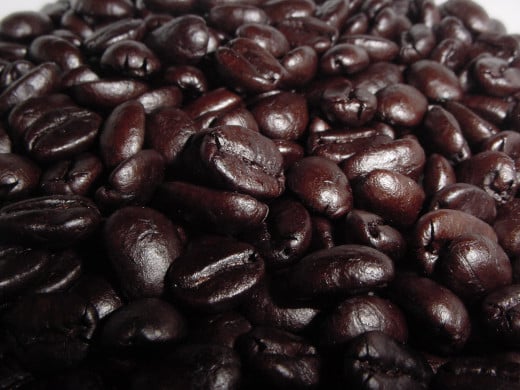
© 2015 Phyllis Doyle Burns

